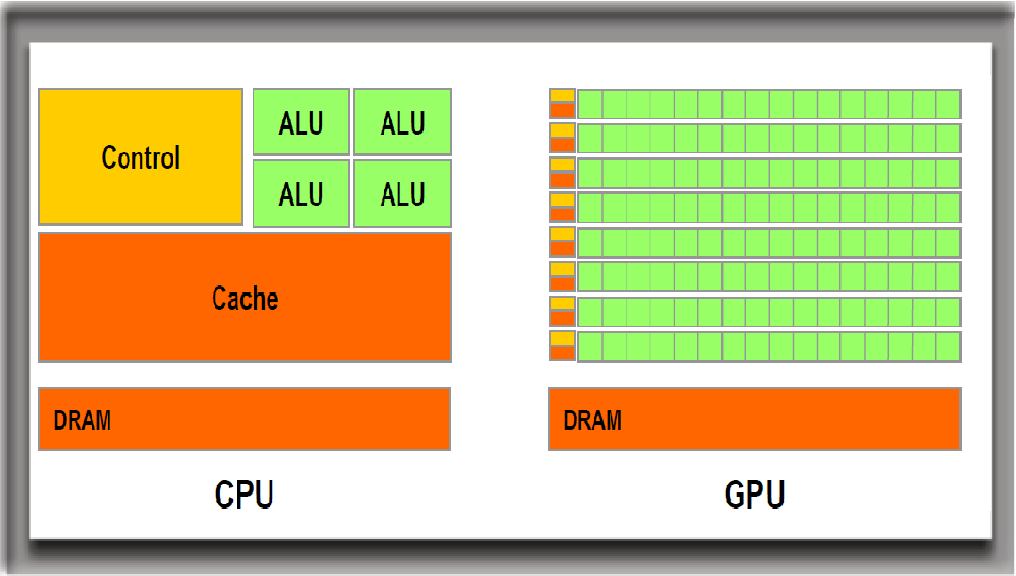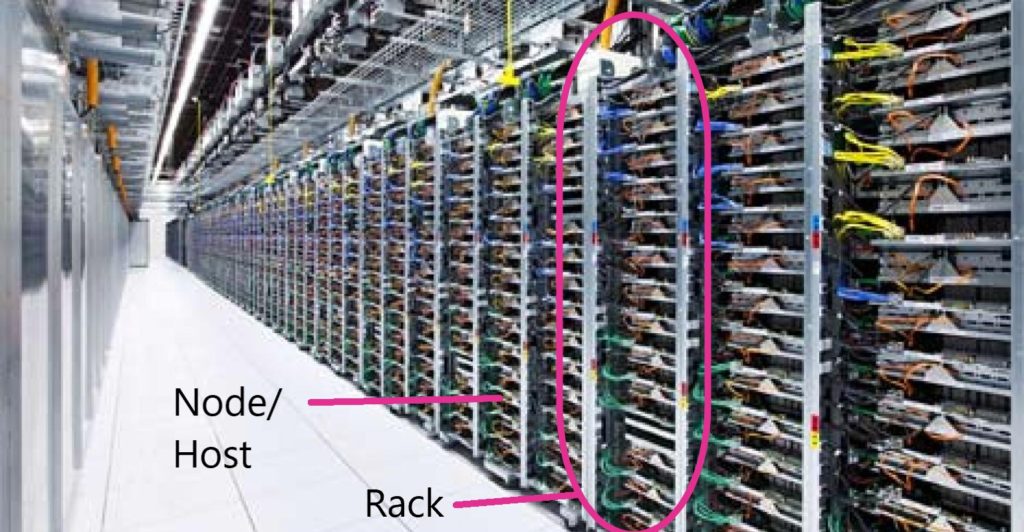Computer server basics
Here are some basic concepts that TPMs need to be familiar with. They are useful when your teams are determining the type of servers they need to deploy applications.
Disclaimer: I copied these definitions from various websites and have hyperlinked the websites both for credit attribution and for you to dig deeper into any concept.
Server : A server is a software or hardware device that accepts request over a network. They are used to manage network resources. Ex: they are used to host web applications, perform intense calculations. Because they are used to deliver services that are constantly required, they are often never turned off. Any computer can be set up a server. Here are some common type of servers:
- Database servers
- File servers
- Application servers
- Web servers
- Cloud servers
- Proxy servers
Computer Network: A collection of computing devices connected to communicate and share resources.
Host / Node: When a server is part of a network it is called a host, also called a node. Host and a server are used interchangeably.
Types of nodes – The two basic types of nodes you need to be aware of:
- Storage node: A storage node is typically a physical server with one or more hard-disk drives (HDDs) or solid-state drives (SDDs) and is used for storing the files/data that needs to be processed.
- Compute node: These are the nodes on which work runs. It performs the computational work in a cluster.
Computer cluster: A cluster a set of loosely or tightly connected computers that work together so that, in many respects, they can be viewed as a single system.
Central Processing Unit (CPU): CPU is known as brain for every ingrained system. CPU comprises the arithmetic logic unit (ALU) accustomed quickly to store the information and perform calculations and Control Unit (CU) for performing instruction sequencing as well as branching. CPU interacts with more computer components such as memory, input and output for performing instruction.
Graphics Processing Unit (GPU): GPU is used to provide the images in computer games. GPU is faster than CPU’s speed and it emphasis on high throughput. It is generally incorporated with electronic equipment for sharing RAM with electronic equipment that is nice for the foremost computing task. It contains more ALU units than CPU.
CPU vs. GPU: The main difference between CPU and GPU architecture is that a CPU is designed to handle a wide range of tasks quickly (as measured by CPU clock speed) but are limited in the concurrency of tasks that can be running. A GPU is designed to quickly render high-resolution images and video concurrently. Because GPUs can perform parallel operations on multiple sets of data, they are also commonly used for non-graphical tasks such as machine learning and scientific computation. Designed with thousands of processor cores running simultaneously, GPUs enable massive parallelism where each core is focused on making efficient calculations.

Rack: A rack is a structure that is designed specifically to house technical equipment including routers, switches, hubs, and of course, servers. The rack makes it possible to securely hold multiple pieces of equipment in one area. Racks are used in Data centers.
Data Center: A building, dedicated space within a building, or a group of buildings used to house computer servers/hosts and associated components, such as telecommunications and storage systems. Data centers consist of various types of nodes (compute, storage etc.)
